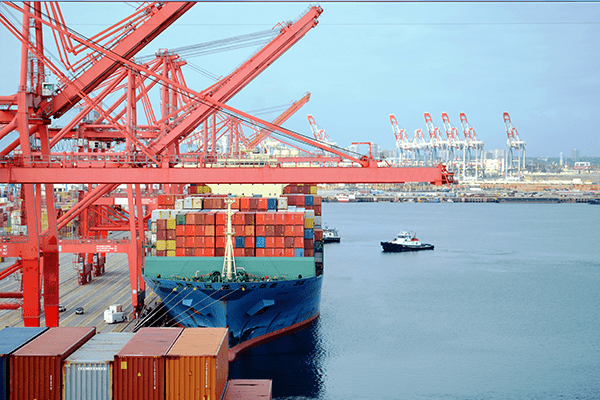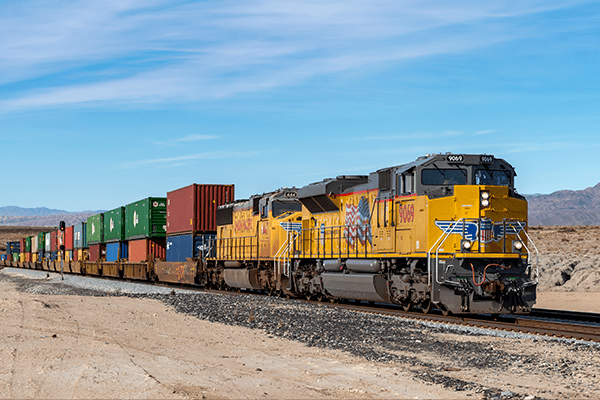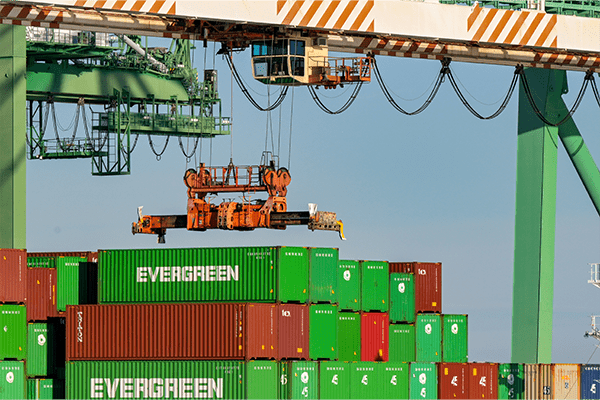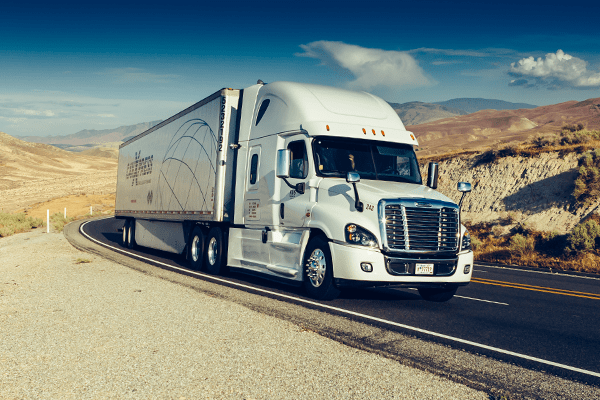Supply Chain
California stands as North America’s premier gateway to the global economy, anchoring the most dynamic and expansive goods movement ecosystem in the Western Hemisphere – leading in freight throughput, sustainability, and innovation. This is driven by California’s stature as the world’s fifth-largest economy, topping U.S. rankings in two-way trade, foreign direct investment, venture capital funding, climate commitments, and much more.
GO-Biz is committed to strategically maintaining and advancing California’s global and national leadership in supply chain. GO-Biz provides comprehensive services to businesses and economic development partners across the freight and goods movement industries.

12 deep-sea ports plus numerous port and terminal facilities

15 airports with major cargo operations

5000+ miles of rail lines and 50,000+ miles of highways

6 current and 1 future ports of entry with Mexico
Advantages

Airports
California’s airport infrastructure is a vital component of the state’s thriving economy, connecting businesses to global markets and facilitating the rapid movement of goods. California consistently ranks as the #1 state in the continental U.S. for both inbound and outbound air freight flights, driven by its strategic location and significant hub operations. With 15 major cargo airports, including the bustling Los Angeles International Airport (LAX), which ranks as the fourth busiest cargo airport in the United States, California’s air freight network is unrivaled in its capacity and efficiency. In 2021, LAX handled over 2.7 million metric tons of cargo, while other major hubs like Ontario International Airport (ONT) and Oakland International Airport (OAK) processed 890,000 and 1.4 million metric tons, respectively. UPS, FedEx, and Amazon Air all host major operations including some of their largest facilities west of the Mississippi. California’s airports are at the forefront of innovation and sustainability with many having invested in advanced cargo handling systems, temperature-controlled facilities, and various clean technologies such as hydrogen and sustainable aviation fuels.

Commercial Shipping Ports
California boasts the most productive and robust network of commercial shipping ports in the nation. Strategically located along the state’s 840 miles of coastline from the Port of San Diego to the Port of Humboldt Bay, they serve as vital gateways for both domestic and international trade. California’s ports collectively handle an astounding 40% of all containerized cargo entering the U.S. and nearly 30% of the nation’s exports. The San Pedro Bay Port Complex, which includes the Ports of Los Angeles and Long Beach, is the busiest container port complex in the Western Hemisphere and one of the top ten busiest in the world. California’s ports are not just leaders in volume, but also in decarbonization and climate innovation, with heavy investments in the development and deployment of electric and hydrogen fuel cell cargo handling equipment, charging and fueling infrastructure, and shore power systems that allow ships to shut off their engines while at berth.

Railroad, Highway, and Distribution Network
California’s unrivaled railroad, highway, and distribution network is the linchpin of the state’s economic prowess, cementing its position as a global leader in logistics and goods movement. Boasting over 5,000 miles of railroad lines, including the nation’s most extensive intermodal rail system, California’s freight rail network handles a staggering 5.5 million carloads annually. The state’s 396,540 miles of roadways, including over 50,500 miles of highways, form a vast and efficient web for truck transportation. This robust infrastructure supports the movement of over 2.4 billion tons of freight annually, with a projected increase to 3.6 billion tons by 2040. California’s dominance in distribution is exemplified by its 1.17 billion square feet of warehouse space, the highest in the nation, with the Inland Empire region alone accounting for over 562 million square feet.
Initiatives and Resources

Building New Supply Chains
As global trade patterns shift, California is proactively building new, resilient supply chains to maintain its position as a leader in the future economy. From critical minerals in Lithium Valley, deployment of new offshore wind on the North Coast, and developing a robust network for clean hydrogen – GO-Biz is at the forefront of creating sustainable, diversified supply chains that will power the 21st century and beyond.

California Port Data Partnership
In the wake of global supply challenges, California took the proactive effort to become the first in the nation to invest $27M in the development of data interoperability across its five containerized ports. The projects funded through this Program incorporate artificial intelligence (AI), climate resiliency and emissions reduction measures, data infrastructure expansion, small business integration, and new data standard development. The Program will revolutionize interoperability across the five California ports, meeting the unique needs of each location while prioritizing cross-facility engagement and knowledge sharing.

Supply Chain Resources
California’s supply chain success depends on engagement and collaboration between all levels of government, industry, non-governmental organizations, communities, and other stakeholders. GO-Biz is an active participant in under the state’s freight and goods movement leadership, supporting business development and engagement.
References
- U.S Department of Transportation, Bureau of Transportation Statistics “TEU Volumes at Ports”, 2023
- U.S. Department of Transportation, Bureau of Transportation Statistics “Top U.S. International Freight Gateways by Value of Shipments”, 2023
- U.S. Department of Transportation, Bureau of Transportation Statistics and Federal Highway Administration, “Freight Analysis Framework”, 2023

